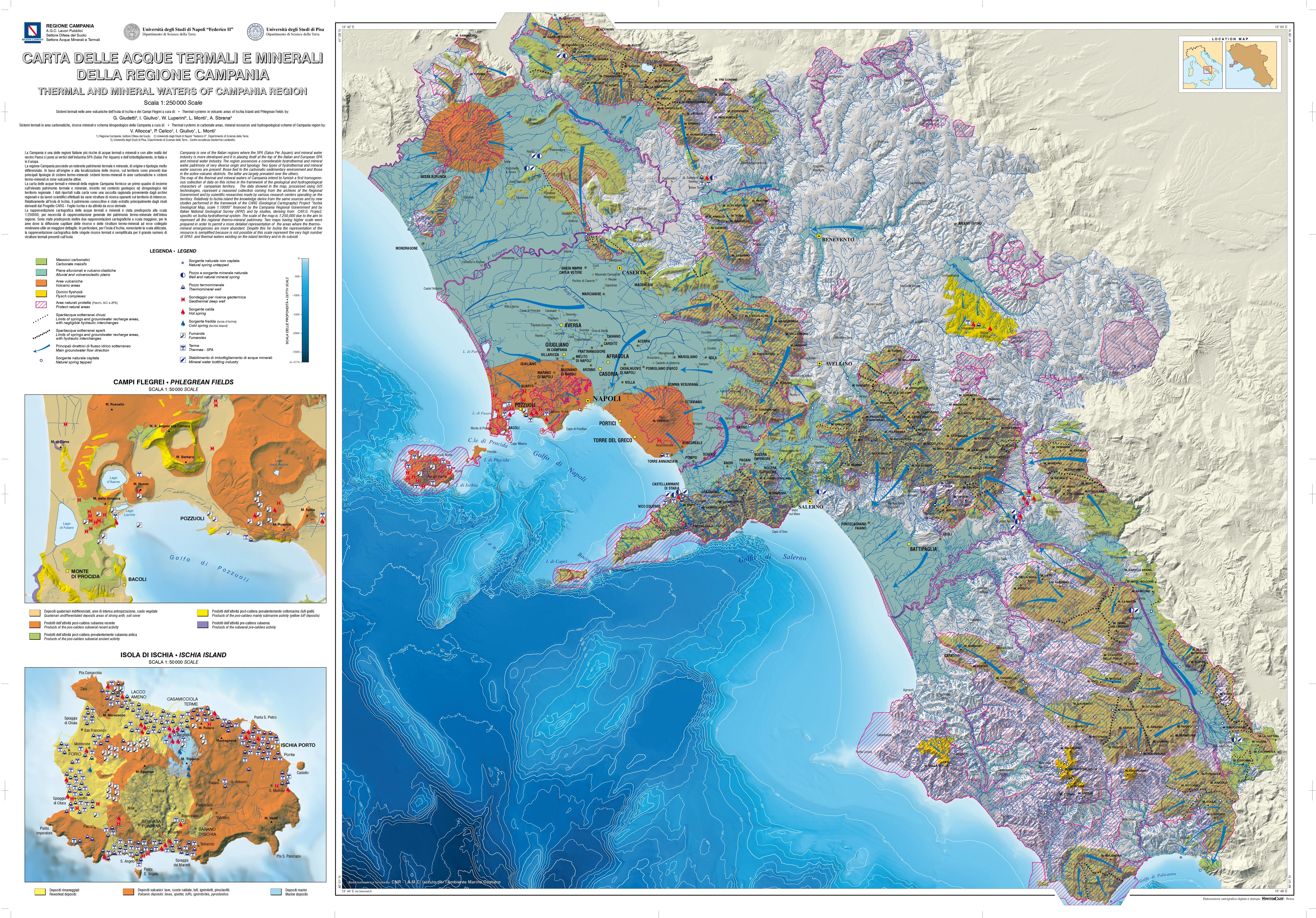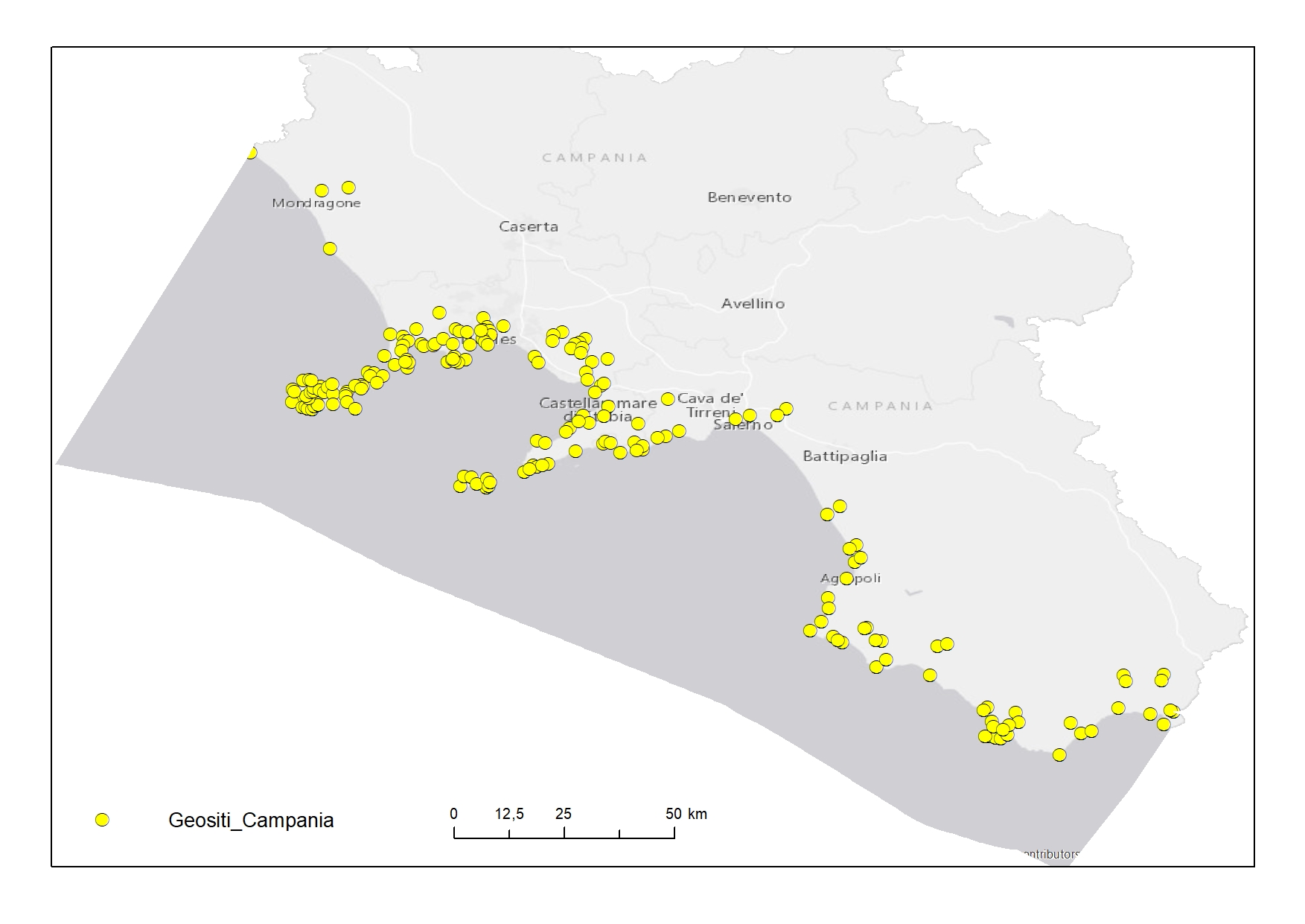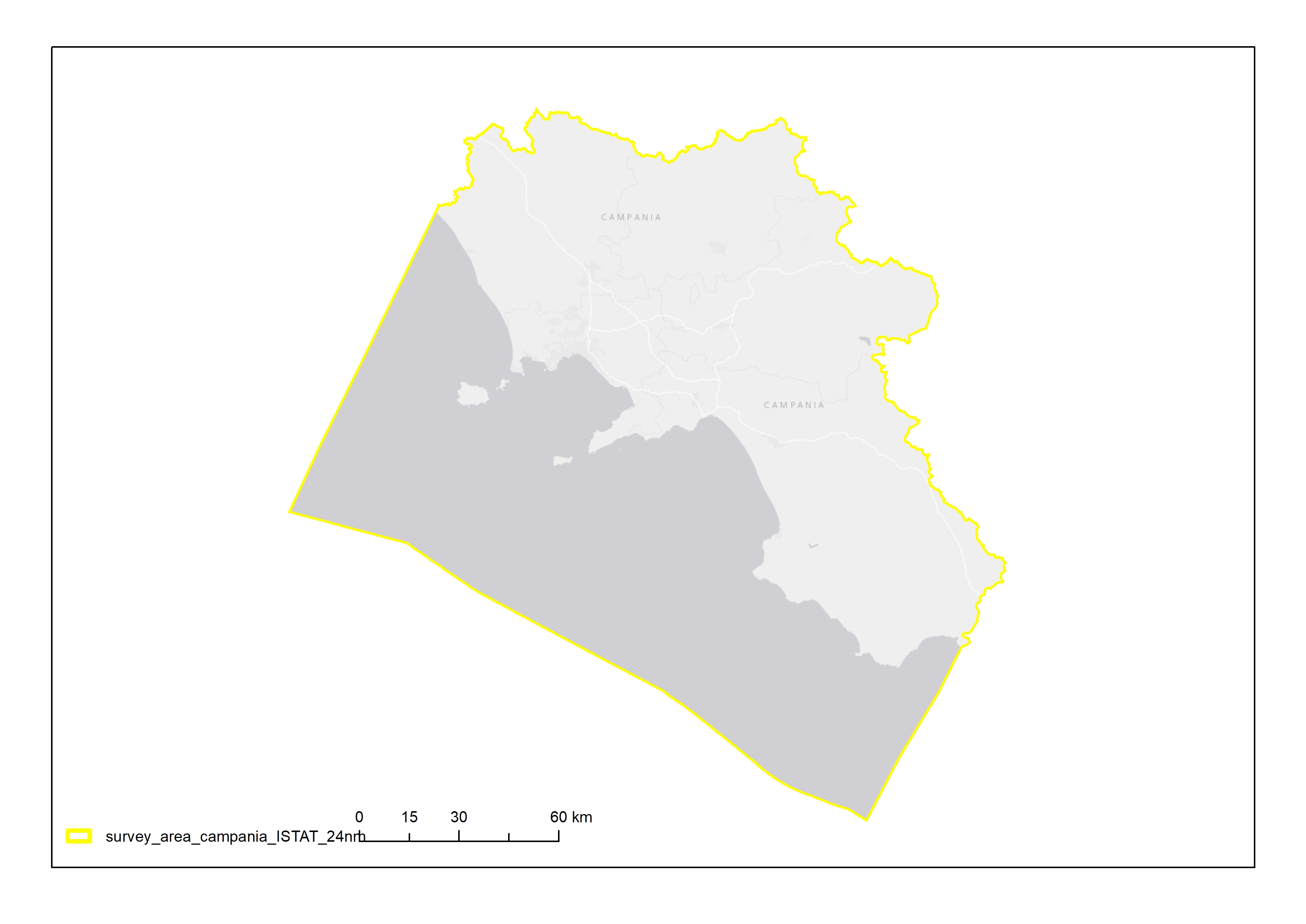geoscientificInformation
Type of resources
Available actions
Topics
INSPIRE themes
Keywords
Contact for the resource
Provided by
Years
Formats
Representation types
Update frequencies
status
-

Active fluid vents in the Gulf of Pozzuoli (Campania Region) represented in "Carta della morfologia del fondale della Baia di Pozzuoli, Golfo di Napoli"
-

Geosites digitized from "Carta delle acque minerali e termali della Regione Campania"
-

This cartography provides a first overview on a scale of 1: 250,000, of the thermal and mineral heritage of Campania inserted in the geological and hydrogeological context of the area. The data reported on the map derive from a collection of hydrogeological, geochemical and geo-structural information from regional archives, scientific works and specific studies carried out in the context of geological sheets (CARG Project).
-

Complete coastline features for Campania Region with a description of the typology and status
-

Shaded relief image (not georeferenced) from multibeam data acquired in the Gulf of Pozzuoli in Campania Region
-

Geosites digitized from "Carta dei Geositi della Campania"
-
The shapefile contains the priority habitats of the Campania Region (inside 24 NM) produced in the framework of the FEAMP-ISSPA Project by CNR-ISMAR. It is the results of a bibliographic review coupled with new data (FEAMP-ISSPA) and recovered geophysics data collected by CNR-ISMAR through the years. The shapefile includes coralligenous, maerl, Posidonia oceanica, Cymodocea nodosa, photophilic algae, bioconstructions, and cold-water corals.
-

Benthic habitat map of the Campania Region produced in the framework of the FEAMP-ISSPA Project by CNR-ISMAR
-

Backscatter image (not georeferenced) from multibeam data acquired in the Gulf of Pozzuoli in Campania Region
-

brave su....
 FEAMP GeoNetwork catalogue
FEAMP GeoNetwork catalogue